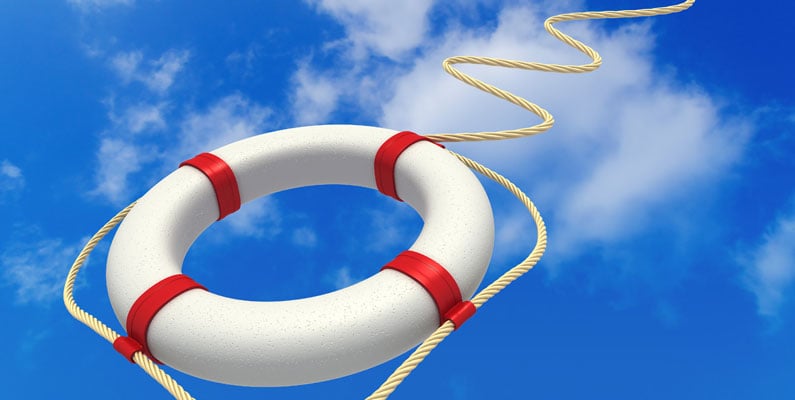5 tips to ag interview success
Between Mother Nature and her annual revolt of hurricanes, ...

No one wants to go through a crisis. But crises do happen, even in ag – equipment fails, animal welfare activists go on the attack, a key executive goes to the competition, herbicide inventory falls way short of demand or a farmer is injured. Unfortunately, most people don’t want to plan for a crisis. It can be an enormous amount of work and very detailed.
There are basics to crisis planning. Pick ten business books, white papers or studies on crisis communications, and you will essentially get the same recommendations.
But what do you do during a crisis if you don’t have a crisis plan in place? Verify the crisis situation – What happened? When did it happen? Who is involved? Gather as much information, as quickly as you can.
Again, there is a lot of detail that goes into crisis planning and response. This just scratches the surface.
But here is what most communications experts don’t focus on, and it’s actually the most critical element in successfully managing any crisis situation.
Preparation.
So how do you prepare for a crisis? Aren’t all crises, by nature, unplanned? Actually, no they are not. Most negative situations that arise for brands are foreseeable, you just have to look.
Below are four key areas to focus on. This list can be exhaustive, but if you can complete the work in these four areas, you will be ready when the worst happens.
Have potential crisis scenarios planned out, especially the ones you don’t want to think about.
A lot of ag businesses are very good at identifying the obvious potential negative issues: manufacturing issues; product recalls; facility incidents, such as fires; and natural disasters, which can halt or completely disrupt production. But few want to dig deep to identify issues that could severely or permanently damage a company or its reputation.
Meet with key leaders and identify those critical issues that keep you up at night. These could be a financial crisis, either internal or market inflicted or an internal, executive staff issue, such as a sexual harassment incident. What happens if you lose a critical company executive? Are there unique things about your business that could negatively affect the public? Have a serious discussion about all of these, and don’t forget about the “bubbling crisis.” Almost every business has situations that key executives are monitoring and are just praying don’t get to a full boil and explode. Be honest about these issues and plan for a worst-case scenario.
Develop key messages and holding statements for each scenario.
There will always be updates that need to be addressed, and once a crisis occurs, the communications should be fluid. It’s important to get the basics down on paper now, so you are not wasting critical minutes later.
Establish a communications system for gathering, monitoring and dispensing information.
Decide how you will use the web, email, instant messaging, video and social media during a crisis. This means what you say, when you say it and who says it.
Identify all critical internal and external stakeholders and how you will communicate to them.
Start with employees and their families, and work your way through customers, business partners, investors, media, community leaders, industry influencers, etc. They can be your greatest advocates in a crisis, helping you spread important messages and in turn helping you protect your brand.
Upon implementation, this plan should be posted and available at all times. Know that the list of potential crises could get very long. But if you can prepare yourself in advance, you will be well ahead of the game when the worst happens.
Between Mother Nature and her annual revolt of hurricanes, ...
© 2024 Rhea + Kaiser. All rights reserved.